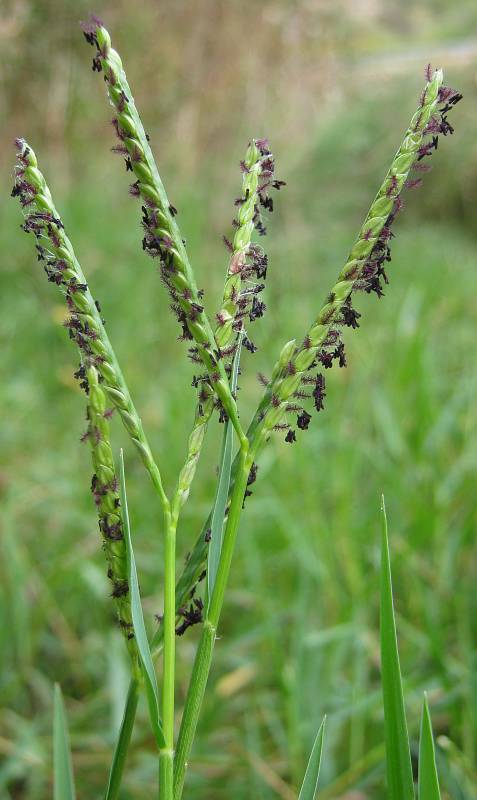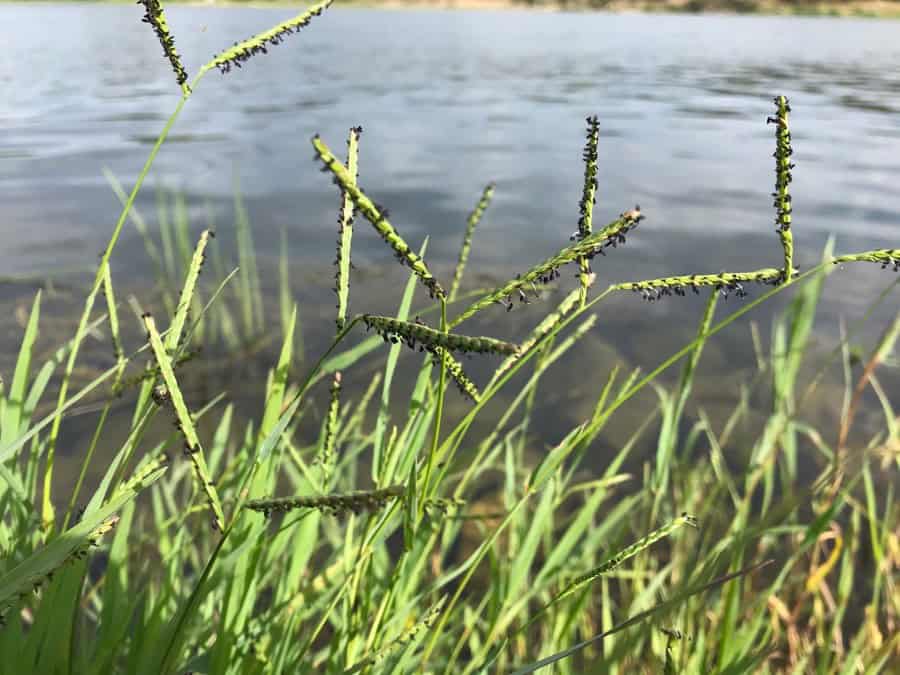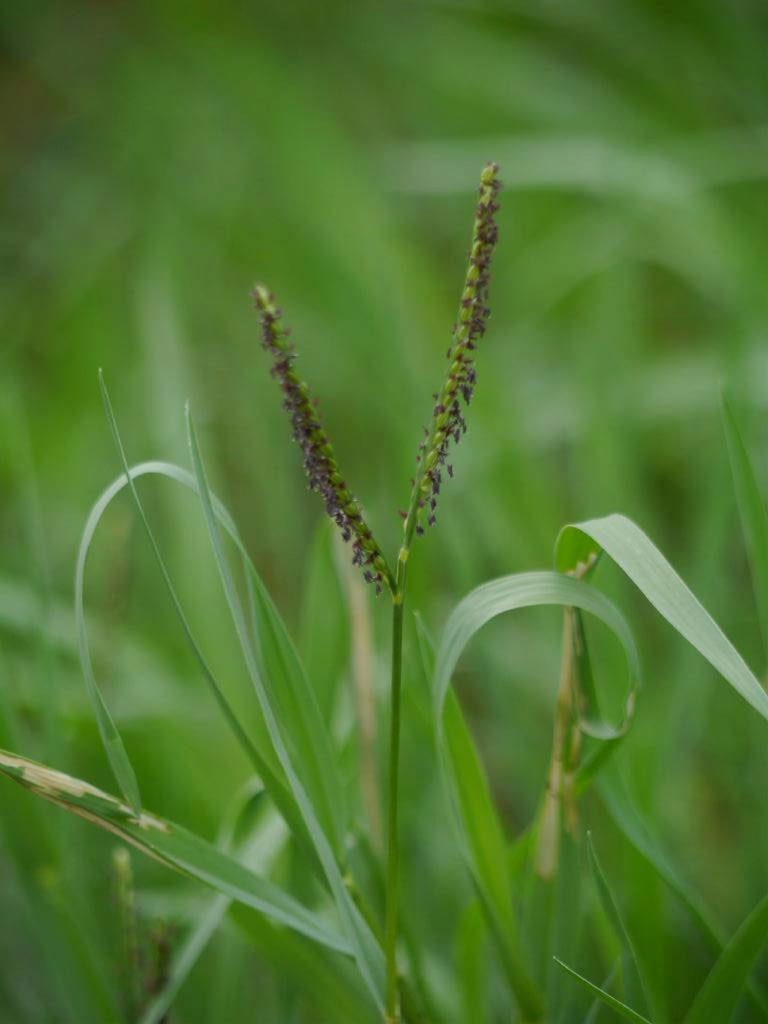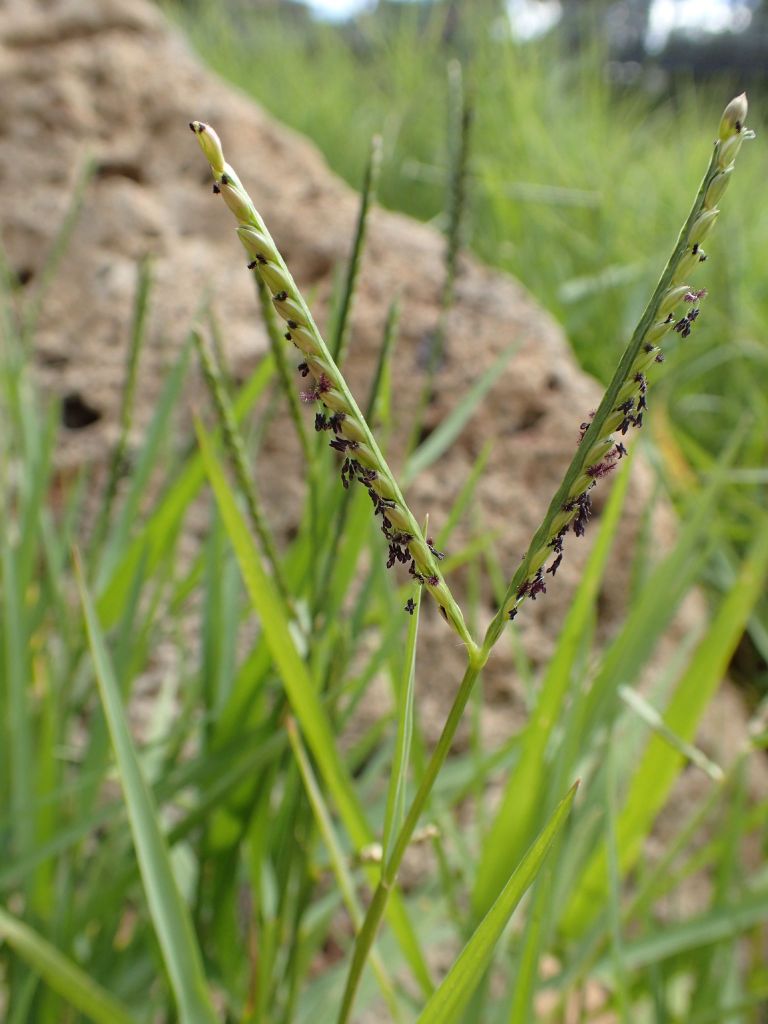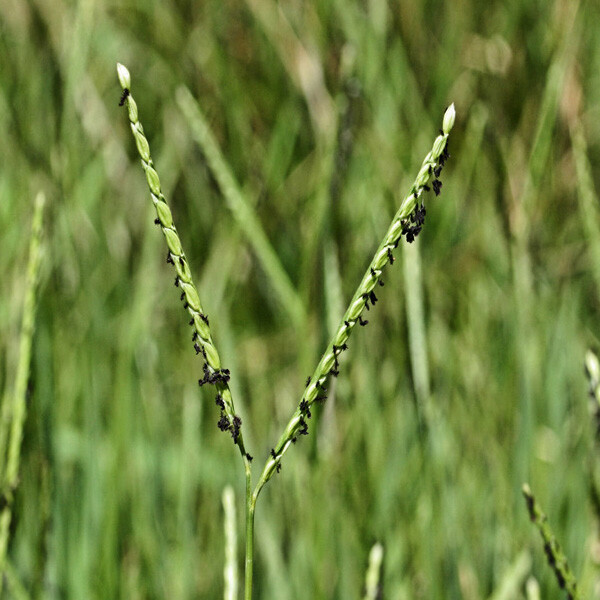Knotgrass
weed identification
Fast growing perennial grass up to 60cm tall. Flowers are green to purplish-brown and are usually divided into two branches that resemble the letter Y. The aquatic plant flowers between the months of February and May.
Water course edges, near dams, ponds and waterways that aren’t always under water.
Reproduces via seed and vegetatively.
Spreads via rhizomes and stolons.
Food source for several bird species.
What does Knotgrass look like?
Disadvantages of Knotgrass
It has become a major weed of rice and many other crops, as well as occurring in uncropped wetlands in both its native and introduced regions.
- Dense infestations may cause deoxygenation of the water
- May outcompete other aquatic plants
- Dense infestations may cause fish and other aquatic life death
treatment
AQ200 Aquatic Herbicide + Wetting Agent – Chemical Herbicide designed to kill emergent weeds quickly. Use on mild to severe infestations.
Aquatic Weed Rake and Razor Combo – DIY physical removal. Ideal for mild infestations, sensitive water bodies or to aid herbicide treatment.
Aquatic Harvesting – Large amphibious machine that cuts and clears emergent aquatic weeds. Book this service for severe infestations or for larger water bodies.
prevention options
Aerating Fountains – Reduces the severity and likelihood of aquatic weed infestations. Use in any body of water.



